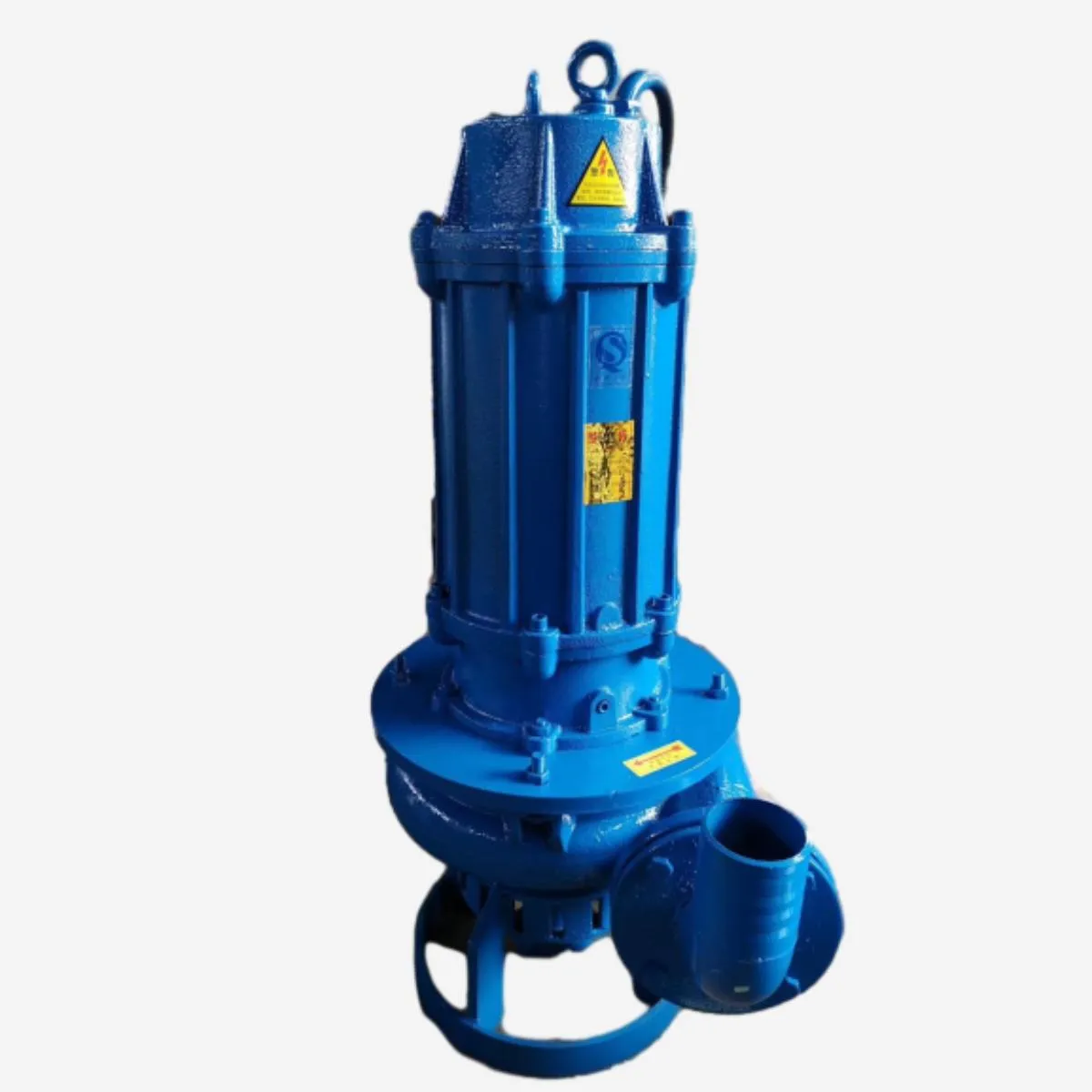TEL:
+86 13120555503
Miao
- Afrikaans
- Albanian
- Amharic
- Arabic
- Armenian
- Azerbaijani
- Basque
- Belarusian
- Bengali
- Bosnian
- Bulgarian
- Catalan
- Cebuano
- Corsican
- Croatian
- Czech
- Danish
- Dutch
- English
- Esperanto
- Estonian
- Finnish
- French
- Frisian
- Galician
- Georgian
- German
- Greek
- Gujarati
- Haitian Creole
- hausa
- hawaiian
- Hebrew
- Hindi
- Miao
- Hungarian
- Icelandic
- igbo
- Indonesian
- irish
- Italian
- Japanese
- Javanese
- Kannada
- kazakh
- Khmer
- Rwandese
- Korean
- Kurdish
- Kyrgyz
- Lao
- Latin
- Latvian
- Lithuanian
- Luxembourgish
- Macedonian
- Malgashi
- Malay
- Malayalam
- Maltese
- Maori
- Marathi
- Mongolian
- Myanmar
- Nepali
- Norwegian
- Norwegian
- Occitan
- Pashto
- Persian
- Polish
- Portuguese
- Punjabi
- Romanian
- Russian
- Samoan
- Scottish Gaelic
- Serbian
- Sesotho
- Shona
- Sindhi
- Sinhala
- Slovak
- Slovenian
- Somali
- Spanish
- Sundanese
- Swahili
- Swedish
- Tagalog
- Tajik
- Tamil
- Tatar
- Telugu
- Thai
- Turkish
- Turkmen
- Ukrainian
- Urdu
- Uighur
- Uzbek
- Vietnamese
- Welsh
- Bantu
- Yiddish
- Yoruba
- Zulu
Telephone: +86 13120555503
Email: frank@cypump.com
Feb . 14, 2025 13:41 Back to list
self priming sewage pump
Understanding the Inner Workings and Importance of Sewage Pump Tanks
Proven Reliability Case Studies and Real-World Applications In communities where challenging terrains exist, sewage pump tanks have proven indispensable. In one case study from hilly urban settings, implementation of an advanced sewage pump system reduced sewer overflow incidents by 60%. This not only improved sanitary conditions but also lowered municipal maintenance costs significantly. Industrial complexes also benefit greatly from sewage pump tanks. In manufacturing sectors, where wastewater contains particulates that settle and form sludge, specialized sewage pump tanks with grinders effectively manage waste without frequent clogs, maintaining smooth operations. Authoritative Recommendations Standards and Trust Trust in sewage pump tank systems often stems from adherence to international standards and endorsements by environmental agencies. ISO and ANSI certifications are benchmarks of quality assurance, symbolizing incident-free operation and environmental compliance. Choosing a sewage pump tank system also involves scrutinizing manufacturer reputation. Brands with decades of innovation and customer satisfaction offer reliability and trustworthiness, providing comprehensive warranties and responsive after-sales service. A Future with Enhanced Efficiency and Sustainability The evolution of sewage pump tank technology continues to embrace sustainability, utilizing energy-efficient systems that reduce power consumption while maximizing output. Solar-powered sensors and pumps represent the future, promising further reductions in carbon footprints and operational costs. In conclusion, sewage pump tanks are a vital component of the waste management ecosystem. Their role in preventing pollution and health risks underscores the importance of investing in quality systems engineered for both durability and efficiency. By acknowledging the expertise necessary for seamless operation and advocating for technological advancements, stakeholders can enhance the effectiveness of wastewater management, ensuring a cleaner and safer environment for all.


Proven Reliability Case Studies and Real-World Applications In communities where challenging terrains exist, sewage pump tanks have proven indispensable. In one case study from hilly urban settings, implementation of an advanced sewage pump system reduced sewer overflow incidents by 60%. This not only improved sanitary conditions but also lowered municipal maintenance costs significantly. Industrial complexes also benefit greatly from sewage pump tanks. In manufacturing sectors, where wastewater contains particulates that settle and form sludge, specialized sewage pump tanks with grinders effectively manage waste without frequent clogs, maintaining smooth operations. Authoritative Recommendations Standards and Trust Trust in sewage pump tank systems often stems from adherence to international standards and endorsements by environmental agencies. ISO and ANSI certifications are benchmarks of quality assurance, symbolizing incident-free operation and environmental compliance. Choosing a sewage pump tank system also involves scrutinizing manufacturer reputation. Brands with decades of innovation and customer satisfaction offer reliability and trustworthiness, providing comprehensive warranties and responsive after-sales service. A Future with Enhanced Efficiency and Sustainability The evolution of sewage pump tank technology continues to embrace sustainability, utilizing energy-efficient systems that reduce power consumption while maximizing output. Solar-powered sensors and pumps represent the future, promising further reductions in carbon footprints and operational costs. In conclusion, sewage pump tanks are a vital component of the waste management ecosystem. Their role in preventing pollution and health risks underscores the importance of investing in quality systems engineered for both durability and efficiency. By acknowledging the expertise necessary for seamless operation and advocating for technological advancements, stakeholders can enhance the effectiveness of wastewater management, ensuring a cleaner and safer environment for all.
Share
Next:
Latest news
-
ISG Series Vertical Pipeline Pump - Chi Yuan Pumps | High Efficiency & Energy Conservation
NewsAug.08,2025
-
ISG Series Vertical Pipeline Pump|Energy Efficiency&Durability
NewsAug.08,2025
-
Heavy-Duty Submersible Sludge Pump | High Performance Solutions
NewsAug.08,2025
-
ISG Series Vertical Pipeline Pump - Chi Yuan Pumps | Energy Efficiency & Low Noise
NewsAug.08,2025
-
ISG Series Vertical Pipeline Pump - Chi Yuan Pumps | High Efficiency, Low Noise
NewsAug.07,2025
-
ISG Series Pipeline Pump-Chi Yuan Pumps|High Efficiency, Low Noise
NewsAug.07,2025










